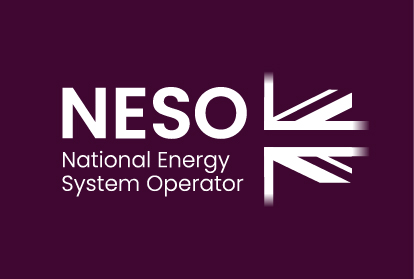Project Summary
The street and road works sector faces a pivotal transition to net zero by 2030, decarbonising 7.8TWh of energy demand across 700,000 major works, annually. The challenges presented by this transition are uncertain and unique; the energy demands are high, temporary, non-static and have inflexible charging times.
Road to Power will forecast future consumption and consider the infrastructural needs for this transformation. In Discovery, it will specify tools to facilitate obtaining temporary grid connections and predicting the infrastructural impact of works. Additionally, it will investigate alternative methods for providing temporary grid connections.
Innovation Justification
While extensive planning has been carried out by utility and highway authorities to achieve the transition to net zero, little attention has been paid to repercussions on electricity networks. The future power source of plant machinery remains uncertain—whether it be hydrogen or electricity is yet to be determined, and may be dependent on use case and availability of ‘green hydrogen’. Ambitious decarbonisation goals set by corporations, regulators, and governments, risk creating considerable pressure on the electricity grid due to increased demands from the sector.
This uncertainty is well-suited for the Discovery phase of the Strategic Innovation Fund (SIF). Although various potential solutions exist, pinpointing the most effective one is challenging without a comprehensive understanding of the problems and obstacles that the sector presents.
This project aims to augment ongoing research in the sector, particularly studies exploring the emissions from street and road works and their routes to achieving net zero (as part of the Road to Net Zero project). This work will focus specifically on the challenges posed to the energy networks.
The innovative aspect of this project lies in its endeavour to understand and quantify the yet-unknown scale of the issue, identify potential pathways that the sector could follow, (including least, or no-regret investment opportunities) and develop tools to assist end-users and the network when the transition to large-scale electrified projects commences. Having processes in place at the start will make this evolution more efficient.
Existing self-service connection tools (e.g. Connect tools developed by EA Technology for various DNOs) could be expanded on in an Alpha or Beta phase to understand the impact on the network of the upcoming technology shift, or to enable assessment of temporary grid connections for the street and road works sector. This proposal (Discovery phase) is to specify the proposed tool rather than develop it. As such, its TRL is 3, however as it will likely be built as an extension of existing tools, development time will be reduced compared to a completely unique development.
Impacts and Benefits
Financial - future reductions in the cost of operating the network
- Forecasting Load – This allows network operators to efficiently allocate resources and manage required reinforcement, avoiding costly emergency implementations. Large planned temporary connections could bring forward future investment
- Reduced Reinforcement – A detailed understanding of when and where temporary connections will be required allows network operators to schedule connections utilizing existing capacity.
- Easier Temporary Connections – A tool to allow the streamlining of temporary connections can significantly reduce time required from specialised expertise and cost associated for network connections.
- Network Decarbonisation – Expediting electrification reduces the carbon footprint of street works. This is especially important as the volume of works by network operators is likely to increase as more LCTs are added.
Financial - cost savings per annum for users of network services
- Reduced Reinforcement: Improved understanding network capacity reduces need for ad-hoc reinforcements.
- Easier Temporary Connections: Quicker network planning processes (in particular budget estimates and quoting) decreases the time and cost of temporary connections for street and road works. This may benefit other users of temporary grid connections i.e. building construction.
- Flexible Scheduling and Optioneering: Users can make informed choices based on network loading and capacity versus cost to connect.
- Informed choice of temporary connections/energy storage/hybrid solutions.
- Optimal location of charging facilities to minimise costs.
- Scheduling energy-intensive operations to off-peak hours or reduced demand seasons to reduce costs.
4. Reduced Machinery Ownership Cost: Electrified plant machinery should have a lower total cost of ownership.
5. Reduced Reliance on Portable Storage/Batteries: Improved network planning and visibility of capacity will reduce the need for expensive storage solutions or on-site hydrogen storage.
Financial - cost savings per annum on energy bills for consumers
This project streamlines the electrification of machinery and supports improved planning and capacity utilization, minimizing network reinforcement, reducing socialised costs and contributing to lower energy bills for customers.
Environmental - carbon reduction – indirect CO2 savings per annum
Between 10-40 MTCO2e is estimated to be produced by the sector annually, accounting for up to 10% of the UK's emissions. A significant portion originates from vehicles and machinery. This project aims to expedite the electrification transition contributing significantly to carbon savings.
New to market – processes & services
The project could bring forward processes for scheduling and optioneering works and provide a self-service tool for managing temporary connections for major infrastructure works.




